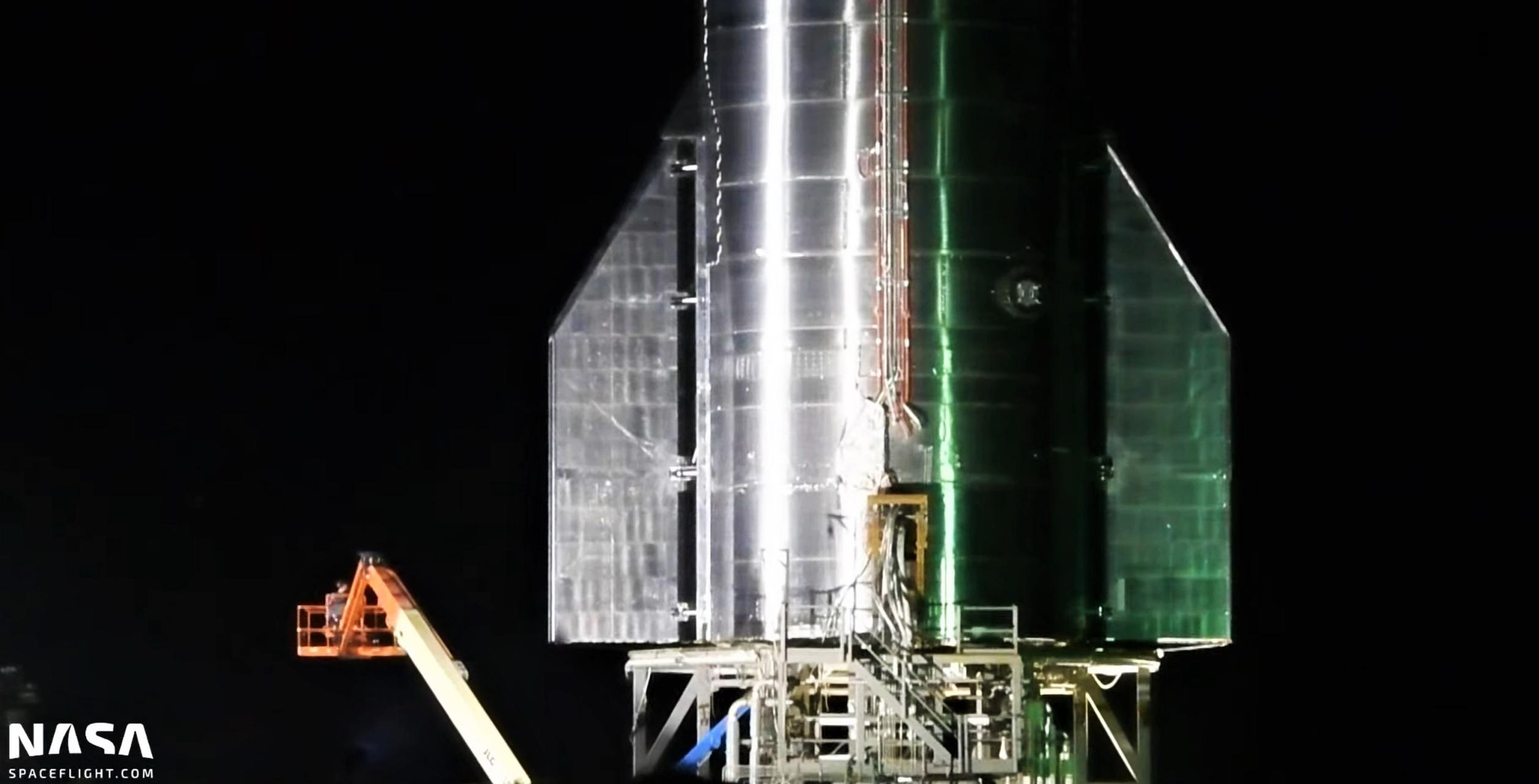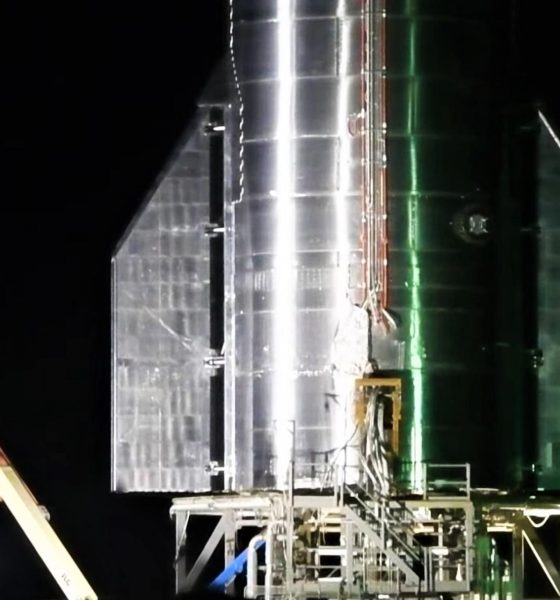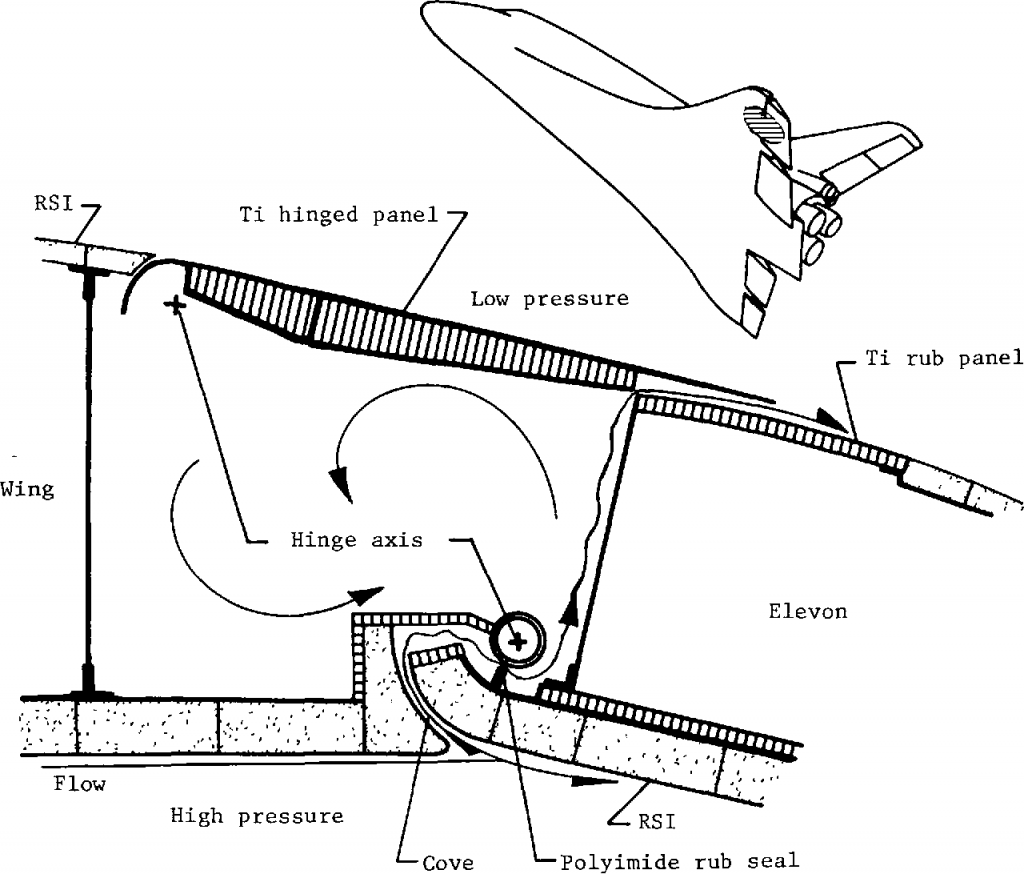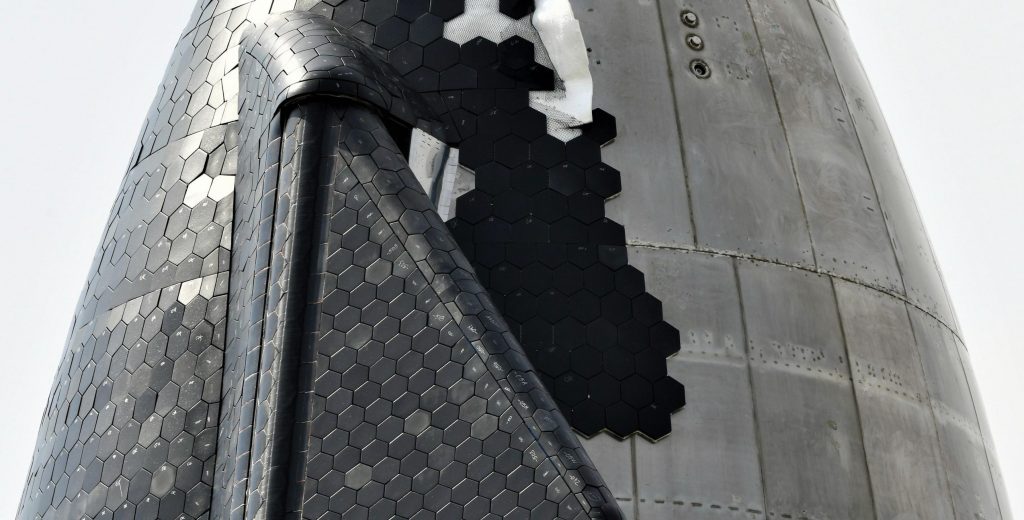

News
SpaceX’s first orbital-class Starship stretches ‘wings’ ahead of Raptor installation
SpaceX’s first orbital-class Starship prototype was spotted stretching its ‘wings’ on Sunday after completing a successful cryogenic proof test late last week.
While minor relative to almost any other testing milestone, the small step still serves as a reminder that the end goal of Ship 20’s test campaign is a launch on Super Heavy to orbital altitudes and velocities. If that launch goes more or less according to plan, Starship will then attempt to survive an orbital-class reentry for the first time, subjecting it to extreme heat and putting its many thousands of heat shield tiles through their most daunting challenge yet. Dozens of things could (and probably will) go wrong, while almost every system aboard must work perfectly to ensure that Starship makes it through reentry in one piece.
And even if all of that occurs as planned with no major issues, those same systems will still need to hold on for several more minutes to perform a freefall, engine reignition, flip, and landing maneuver that only two other Starship prototypes have completed. As it so happens, one of those crucial systems is Starship’s flaps.
Outfitted with actuators powered by Tesla Model 3/Y motors and a pair of Model S batteries, Starship’s four large ‘flaps’ are only capable of simple flapping motions. While they may look the part, Starship flaps aren’t wings and are specifically designed not to produce lift. Instead, in support of Starship’s unusual descent profile, they act more like the hands and legs of a skydiver (particularly one in a wingsuit), allowing ships to control their pitch, attitude, and roll while freefalling belly-down to the ground. In theory, that allows Starship to gain practically all of the benefit of a structural wing like that on the Space Shuttle but for a far lower mass penalty.
Instead of elegantly slowing down with wings, Starship uses its flaps to create as much drag as possible during descent, slowing down to a terminal velocity around 100 m/s (~225 mph) or less. Using a freefall trajectory and flaps incapable of generating lift does likely come at the cost of “crossrange performance,” referring to how far Starship can travel horizontally in Earth’s atmosphere after reentry. However, significant crossrange performance is almost entirely irrelevant outside of Cold War paranoia like the kind that NASA let influence the Shuttle’s design to an ultimately catastrophic degree. Landing vertically also precludes the need for exceptionally long, expensive runways like those the Shuttle needed.


Aside from allowing it to navigate to a small vertical landing pad (or massive ‘Mechazilla’ catch tower), Starship’s flaps are also important for controlling vehicle orientation and heading during reentry itself. To fill that role, those flaps will have to be able to actuate across their full range of motion during reentry, as Starship’s hypersonic assault against the thin upper atmosphere creates a flood of superheated plasma that wants nothing more to find the gaps in its heat shield. Shuttle engineers had to deal with the same issue, ultimately designing complex seals that would allow the vehicle’s wing and body flaps to actuate during reentry without allowing superheated plasma to leak inside and damage their fragile mechanisms or structure.
Although Starship does have the benefit of relying on steel – not aluminum – for almost all of its structures, it still has to grapple with the same challenges of shielding sensitive electronics, actuators, motors, and more from the reentry onslaught that its heat shield and steel structure are designed to survive.


Half-covered in heat shield tiles, it’s not clear how SpaceX plans to seal off the more sensitive, exposed components of each flap’s actuation mechanism – including motors, cabling, and the hinge itself. Based on what’s visible, Starship’s flaps and the cradle-like ‘aerosurfaces’ they slot into do have very tight tolerances and may rely on some felt-like ceramic wool or TPS blanket to seal the tiny remaining gaps. With small enough gaps, a hypersonic airstream can behave as if there are no gaps at all, suggesting that that might be SpaceX’s preferred approach to sealing Starship flaps.
Up next on Starship S20’s path to launch is the reinstallation of 3-6 Raptor engines (for the third time) ahead of a crucial static fire test campaign that could begin as early as Thursday, October 7th. Likely beginning with 1-3 Raptors, SpaceX will perform an unknown number of static fire tests, ultimately culminating in the first ignition of 4, 5, and 6 engines on any Starship prototype. If all goes well, that testing will also mark the first time Raptor Vacuum has been ignited on a Starship prototype and the first time SpaceX has ignited multiple Raptor variants (sea level and vacuum, in this case) on the same vehicle. Stay tuned for updates on engine installation.

Elon Musk
Elon Musk’s X will start using a Tesla-like software update strategy
The initiative seems designed to accelerate updates to the social media platform, while maintaining maximum transparency.

Elon Musk’s social media platform X will adopt a Tesla-esque approach to software updates for its algorithm.
The initiative seems designed to accelerate updates to the social media platform, while maintaining maximum transparency.
X’s updates to its updates
As per Musk in a post on X, the social media company will be making a new algorithm to determine what organic and advertising posts are recommended to users. These updates would then be repeated every four weeks.
“We will make the new 𝕏 algorithm, including all code used to determine what organic and advertising posts are recommended to users, open source in 7 days. This will be repeated every 4 weeks, with comprehensive developer notes, to help you understand what changed,” Musk wrote in his post.
The initiative somewhat mirrors Tesla’s over-the-air update model, where vehicle software is regularly refined and pushed to users with detailed release notes. This should allow users to better understand the details of X’s every update and foster a healthy feedback loop for the social media platform.
xAI and X
X, formerly Twitter, has been acquired by Elon Musk’s artificial intelligence startup, xAI last year. Since then, xAI has seen a rapid rise in valuation. Following the company’s the company’s upsized $20 billion Series E funding round, estimates now suggest that xAI is worth tens about $230 to $235 billion. That’s several times larger than Tesla when Elon Musk received his controversial 2018 CEO Performance Award.
As per xAI, the Series E funding round attracted a diverse group of investors, including Valor Equity Partners, Stepstone Group, Fidelity Management & Research Company, Qatar Investment Authority, MGX, and Baron Capital Group, among others. Strategic partners NVIDIA and Cisco Investments also continued support for building the world’s largest GPU clusters.
News
Tesla FSD Supervised wins MotorTrend’s Best Driver Assistance Award
The decision marks a notable reversal for the publication from prior years, with judges citing major real-world improvements that pushed Tesla’s latest FSD software ahead of every competing ADAS system.

Tesla’s Full Self-Driving (Supervised) system has been named the best driver-assistance technology on the market, earning top honors at the 2026 MotorTrend Best Tech Awards.
The decision marks a notable reversal for the publication from prior years, with judges citing major real-world improvements that pushed Tesla’s latest FSD software ahead of every competing ADAS system. And it wasn’t even close.
MotorTrend reverses course
MotorTrend awarded Tesla FSD (Supervised) its 2026 Best Tech Driver Assistance title after extensive testing of the latest v14 software. The publication acknowledged that it had previously criticized earlier versions of FSD for erratic behavior and near-miss incidents, ultimately favoring rivals such as GM’s Super Cruise in earlier evaluations.
According to MotorTrend, the newest iteration of FSD resolved many of those shortcomings. Testers said v14 showed far smoother behavior in complex urban scenarios, including unprotected left turns, traffic circles, emergency vehicles, and dense city streets. While the system still requires constant driver supervision, judges concluded that no other advanced driver-assistance system currently matches its breadth of capability.
Unlike rival systems that rely on combinations of cameras, radar, lidar, and mapped highways, Tesla’s FSD operates using a camera-only approach and is capable of driving on city streets, rural roads, and freeways. MotorTrend stated that pure utility, the ability to handle nearly all road types, ultimately separated FSD from competitors like Ford BlueCruise, GM Super Cruise, and BMW’s Highway Assistant.
High cost and high capability
MotorTrend also addressed FSD’s pricing, which remains significantly higher than rival systems. Tesla currently charges $8,000 for a one-time purchase or $99 per month for a subscription, compared with far lower upfront and subscription costs from other automakers. The publication noted that the premium is justified given FSD’s unmatched scope and continuous software evolution.
Safety remained a central focus of the evaluation. While testers reported collision-free operation over thousands of miles, they noted ongoing concerns around FSD’s configurable driving modes, including options that allow aggressive driving and speeds beyond posted limits. MotorTrend emphasized that, like all Level 2 systems, FSD still depends on a fully attentive human driver at all times.
Despite those caveats, the publication concluded that Tesla’s rapid software progress fundamentally reshaped the competitive landscape. For drivers seeking the most capable hands-on driver-assistance system available today, MotorTrend concluded Tesla FSD (Supervised) now stands alone at the top.
News
Elon Musk’s Grokipedia surges to 5.6M articles, almost 79% of English Wikipedia
The explosive growth marks a major milestone for the AI-powered online encyclopedia, which was launched by Elon Musk’s xAI just months ago.

Elon Musk’s Grokipedia has grown to an impressive 5,615,201 articles as of today, closing in on 79% of the English Wikipedia’s current total of 7,119,376 articles.
The explosive growth marks a major milestone for the AI-powered online encyclopedia, which was launched by Elon Musk’s xAI just months ago. Needless to say, it would only be a matter of time before Grokipedia exceeds English Wikipedia in sheer volume.
Grokipedia’s rapid growth
xAI’s vision for Grokipedia emphasizes neutrality, while Grok’s reasoning capabilities allow for fast drafting and fact-checking. When Elon Musk announced the initiative in late September 2025, he noted that Grokipedia would be an improvement to Wikipedia because it would be designed to avoid bias.
At the time, Musk noted that Grokipedia “is a necessary step towards the xAI goal of understanding the Universe.”
Grokipedia was launched in late October, and while xAI was careful to list it only as Version 0.1 at the time, the online encyclopedia immediately earned praise. Wikipedia co-founder Larry Sanger highlighted the project’s innovative approach, noting how it leverages AI to fill knowledge gaps and enable rapid updates. Netizens also observed how Grokipedia tends to present articles in a more objective manner compared to Wikipedia, which is edited by humans.
Elon Musk’s ambitious plans
With 5,615,201 total articles, Grokipedia has now grown to almost 79% of English Wikipedia’s article base. This is incredibly quick, though Grokipedia remains text-only for now. xAI, for its part, has now updated the online encyclopedia’s iteration to v0.2.
Elon Musk has shared bold ideas for Grokipedia, including sending a record of the entire knowledge base to space as part of xAI’s mission to preserve and expand human understanding. At some point, Musk stated that Grokipedia will be renamed to Encyclopedia Galactica, and it will be sent to the cosmos.
“When Grokipedia is good enough (long way to go), we will change the name to Encyclopedia Galactica. It will be an open source distillation of all knowledge, including audio, images and video. Join xAI to help build the sci-fi version of the Library of Alexandria!” Musk wrote, adding in a later post that “Copies will be etched in stone and sent to the Moon, Mars and beyond. This time, it will not be lost.”








